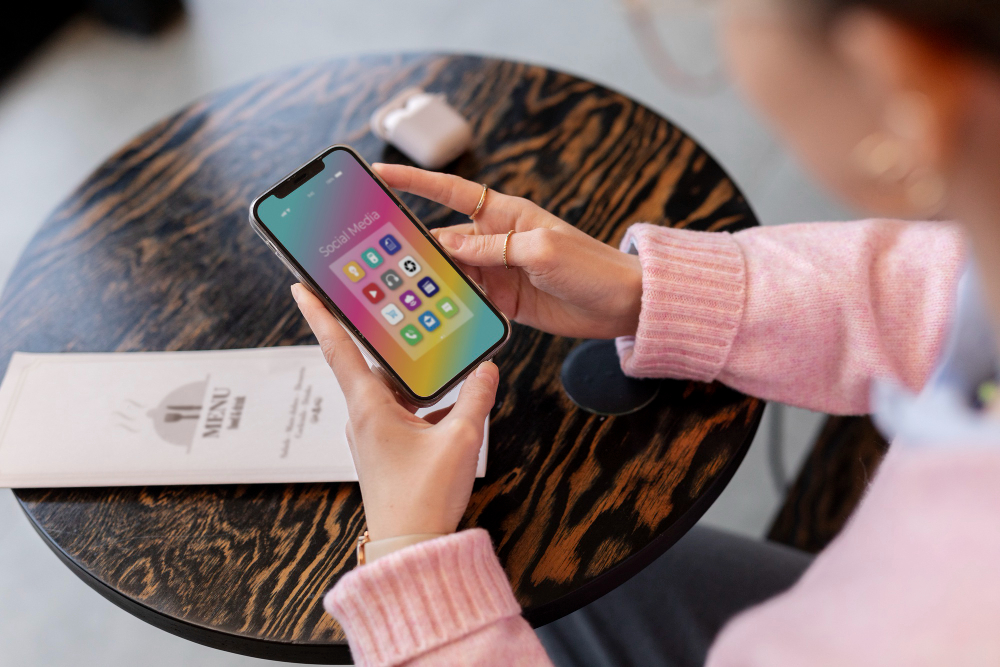Having your iPhone repaired can feel like a weight lifted off your shoulders, especially if it was dealing with significant damage or malfunction. However, post-repair care is crucial to ensure your device remains in optimal condition. Here are some expert tips from Adelaide’s leading iPhone repair specialists on how to protect your iPhone after repairs.
-
Invest in a High-Quality Case and Screen Protector
The first line of defense for your iPhone is a robust case and a reliable screen protector. Many repairs result from accidental drops, so it’s essential to safeguard your device against future mishaps.
Choosing the Right Case:
- Material: Opt for cases made from durable materials such as TPU (thermoplastic polyurethane) or hybrid materials that combine hard and soft layers.
- Design: Ensure the case covers all corners and edges, and consider cases with raised lips to protect the screen and camera.
- Functionality: Some cases come with additional features like card holders or kickstands, which might add convenience.
Screen Protectors:
- Tempered Glass: Offers excellent protection against scratches and cracks. If it is damaged, replacing it is similarly simple.
- Hydrogel: A newer option that provides self-healing properties and better touch sensitivity.
-
Handle with Care
While it might seem obvious, handling your iPhone with care can significantly reduce the risk of damage.
Tips for Careful Handling:
- Avoid Extreme Temperatures: High heat can damage the battery, while extreme cold can cause the phone to shut down.
- Keep Away from Water: Even if your iPhone is water-resistant, it’s best to avoid exposing it to water unnecessarily. Water damage can cause long-term issues.
- Use Both Hands: When using your iPhone, especially when taking photos or videos, use both hands to maintain a firm grip.
-
Regular Cleaning and Maintenance
Keeping your iPhone clean not only makes it look good but also ensures it functions properly. Dust and debris can clog ports and affect performance.
Cleaning Tips:
- Soft Cloth: For cleaning your iPhone’s body and screen, use a microfiber cloth. Avoid from using anything abrasive that could scratch the surface.
- Compressed Air: To remove dust or debris from ports, use compressed air.
- Avoid Liquid Cleaners: Liquid may leak into the gadget and harm it. If required, wipe a cloth with a little water or a screen-safe cleanser.
-
Update Software Regularly
Apple upgrades iOS frequently to address bugs and enhance security. Keeping your software up-to-date ensures your iPhone runs smoothly and securely.
How to Update:
- Automatic Updates: Enable automatic updates in your settings to ensure you’re always running the latest version.
- Manual Updates: To manually search for and install updates, go to Settings > General > Software Update.
-
Backup Your Data Frequently
Regular backups are crucial to protect your data. In case of future issues, having a recent backup can save you from losing important information.
Backup Options:
- iCloud: To automatically backup the data on your iPhone, use iCloud. Verify that you have enough space for storage.
- iTunes/Finder: Back up your iPhone to your computer using iTunes (for Windows) or Finder (for macOS).
-
Monitor Battery Health
Battery is the important part of your iPhone. Post-repair, it’s essential to monitor your battery’s health and ensure it’s functioning correctly.
Battery Tips:
- Check Battery Health: Go to Settings > Battery > Battery Health to check the maximum capacity and performance capability.
- Optimize Charging: Enable Optimized Battery Charging to reduce battery aging. This feature learns your charging routine and reduces the time your iPhone spends fully charged.
- Avoid Overheating: Keep your iPhone out of direct sunlight and avoid heavy usage while charging to prevent overheating.
-
Be Cautious with Apps and Downloads
Malware and poorly designed apps can harm your iPhone’s performance. Make sure you only download programs from the official App Store and stay away from dubious sites.
Security Tips:
- App Permissions: Make sure apps only have access to the data they need by routinely reviewing and managing their permissions.
- Security Settings: Enable features like Find My iPhone and set up a strong passcode or biometric authentication.
-
Use Trusted Accessories
Using third-party accessories that are not MFi (Made for iPhone) certified can damage your iPhone. Always use trusted and certified accessories.
Accessory Tips:
- Chargers and Cables: Invest in quality chargers and cables that are MFi certified to ensure they meet Apple’s standards.
- Earphones and Headphones: Non-certified audio accessories can damage your iPhone’s audio port or degrade audio quality.
-
Regular Professional Check-Ups
Just like any other electronic device, your iPhone benefits from periodic professional check-ups. Regular visits to a trusted repair service in Adelaide can help identify and fix potential issues before they become major problems.
Check-Up Benefits:
- Early Detection: Professionals can detect issues early and prevent them from escalating.
- Expert Advice: Get advice on the best practices for maintaining your iPhone from experts.
Conclusion
Protecting your iPhone after repairs is crucial to ensure its longevity and performance. By following these tips from Adelaide experts, you can keep your device in top shape and avoid future problems. Investing in quality accessories, handling your phone with care, and staying updated with the latest software are simple yet effective ways to maintain your iPhone’s health. Regular cleaning, monitoring battery health, and backing up your data further enhance your iPhone experience. Remember, a little extra care goes a long way in preserving the functionality and aesthetics of your iPhone.


